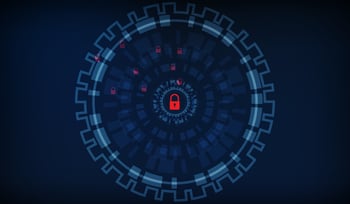 The Strategy Behind the New Security Model
The Strategy Behind the New Security Model
Zero Trust is a strategic security model that restricts everything and anything from gaining access to systems without first being verified, even if the connection is coming from inside the organization. The model ensures that users who have access by default, are required to continuously verify their identity. The implementation of the Zero Trust model has increased dramatically as people continue to work from home - resulting in an increase of cyber-attacks.
Zero Trust offers an extra layer of security to critical systems, it ensures that no matter who or what is trying to connect to systems, will have their identify verified before being granted access. The name Zero Trust speaks for itself; no person, device, or actions are trusted - even if they are internal.
There are three core principles to the Zero Trust model:
Least Privilege Access: At the core of the Zero Trust model is the idea that you should only grant access to users on a case-by-case basis and only grant access to exactly what they need in order to successfully complete their tasks.
Never Trust: With the Zero Trust model, no trust should be given to any user or action by default. Every single request or new entry should be verified before access is granted.
Always Monitor: The Zero Trust model will not be effective without consistent and precise monitoring of user behavior and any unusual changes to the data or network.
More and more organizations are beginning to adopt and implement the Zero Trust model in attempt to better protect their data. With the increase of ransomware demands and the catastrophic damage a data breach can inflict upon an organization, eliminating trust all together is becoming the new norm.
Many organizations are already using the technologies that Zero Trust relies on such as multi-factor authentication, alongside IAM, orchestration, analytics, encryption, scoring and file system permissions. To successfully implement the Zero Trust model, there must be governance policies in place that dedicate the least amount of access to users who need specific access to complete tasks. All of these actions take place to support the central idea of Zero Trust that no one and nothing will be granted access until they have proven their identity and intentions.
